By Grayson Shaw (PO’ 25)
Last weekend, thousands of protestors flooded the streets of Washington D.C. calling on President Biden to act, a sight that Americans have seen nearly every day on the news since election day. However, this protest was not about Medicare for All, Black Lives Matter, or the ongoing climate crisis. The demonstrations surrounded the ongoing conflict in the Tigray region of Ethiopia, more than 7,000 miles from the nation’s capital.
The civil war in Ethiopia encompasses the ruling Prosperity Party, led by Prime Minister Abiy Ahmed, and the former ruling party of Ethiopia the Tigray People’s Liberation Front (TPLF). Ahmed’s actions to disempower the TPLF arose as a high priority after his election in 2018. The November 4th protests in D.C. marked the one year anniversary of PM Ahmed’s decision to deploy troops to the Tigray region. PM Ahmed justified these military actions by honing in on the need to counter, “with any weapon and resources they have…the terrorist TPLF.” Following the military occupation, the TPLF attacked the Ethiopian National Defense Northern Command military base in Mekelle as an preemptive attack against the Ethiopian government’s alleged ammassing of troops on Tigray’s southern border. PM Ahmed’s party rules from the central Ethiopian capital Addis Ababa, whereas the TPLF resides in the northern region that borders Eritrea, known as Tigray.
Ethiopian military actions have caused blockades, foreign aid worker expulsions, and other forms of interference, obstructing much needed United Nations humanitarian aid to the region. Amid Eastern Africa’s worst locust infestation in 25 years, the UN reports that 400,000 people in the Tigray region are at risk of famine, and approximately 5.2 million require some form of aid. UN estimates also show that it would take about 100 aid trucks per day to enter into Tigray and give sufficient medical, food, and other humanitarian assistance. Only 606 total trucks have entered the region since July – less than 5% of what is required to stave off a massive humanitarian crisis. The Ethiopian military presence has crippled attempts by human rights groups to mitigate the ongoing famine and humanitarian crisis.
The United States faces a very precarious situation in the Tigray conflict. On one hand, Ethiopia is a consistent ally of the United States: PM Ahmed’s election has facilitated significant counterterrorism efforts in the region by sharing intelligence about terrorist groups like ISIS and al-Shabaab with the US. PM Ahmed also boasts a stronger relationship with Western allies because of his administration’s economic liberalization, including privatization of certain state-owned enterprises. Additionally, the United States’ humanitarian assistance program to Ethiopia is one of the largest in the world, showcasing a symbiotic relationship between counterterrorism and economic assistance.
Although the United States procures intelligence benefits for counterterrorism because of its relationship with Ethiopia, critics of the Ethiopian government argue that the actions of suppressing humanitarian aid essentially functions as a genocide. PM Ahmed’s rhetoric depicting the TPLF as “weeds”, “cancer”, and “disease” only further provokes tensions in the region. Additionally, descriptions of violence in the Tigray region reveal that the conflict is more than just rhetoric. Ethiopian and Eritrean coalition forces massacred hundreds of citizens in the northern town of Axum, reportedly attacked civillians in Tigray, and have participated in widespread graphic sexual violence; these events only scratch the surface of the humanitarian crisis. Ultimately, the United States is turning a blind eye to the blockade of humanitarian aid, language of extermination, displacement of thousands civilians from their homes, and blatant human rights violations for the sake of tactical advantage.
With criticism from both sides of the conflict, the proper route of action is not black and white. On one side, those who back Abiy’s government claim that the United States’ statements regarding the issue were counterproductive and undermine the democracy of the African nation. The pro-Ethiopian protesters also argue that the TPLF is a terrorist organization, and that anything but full support for PM Ahmed permits the TPLF to continue their alleged persecution of civilians. Contrastingly, Tigray supporters assert that the humanitarian crisis outweighs any of the political gains of the Ethiopian system, and the clear human rights violations are not a strategy for war but a device of torture. The D.C. protests exemplify the delicate nuances of Ethiopian ethnicity, politics, and geography.
The United States is in a unique position to act in the ongoing crisis as a global superpower with financial control over Ethiopia. If the United States decides to definitively act, they will have to ultimately decide between defending human rights and cooperating in counter-terrorism. The previous ambiguous advocacy the United States employed will not help the human rights violations: the White House has condemned previous actions, but those reprimands came with few tangible consequences. On November 12, Secretary of State Anthony Blinken issued a statement about imposing sanctions on Eritrea for their role in the conflict, and the United States could continue with this trend. Moving forward, material consequences such as the formal recognition of genocide in the Tigray region, the extention of conditional sanctions to Ethiopia, and coordinated United Nations action could promote the ostensible ideals of human rights.
The US has a large network of aid programs to Ethiopia: the crisis in Tigray is an instance when that aid can be leveraged to make change.

